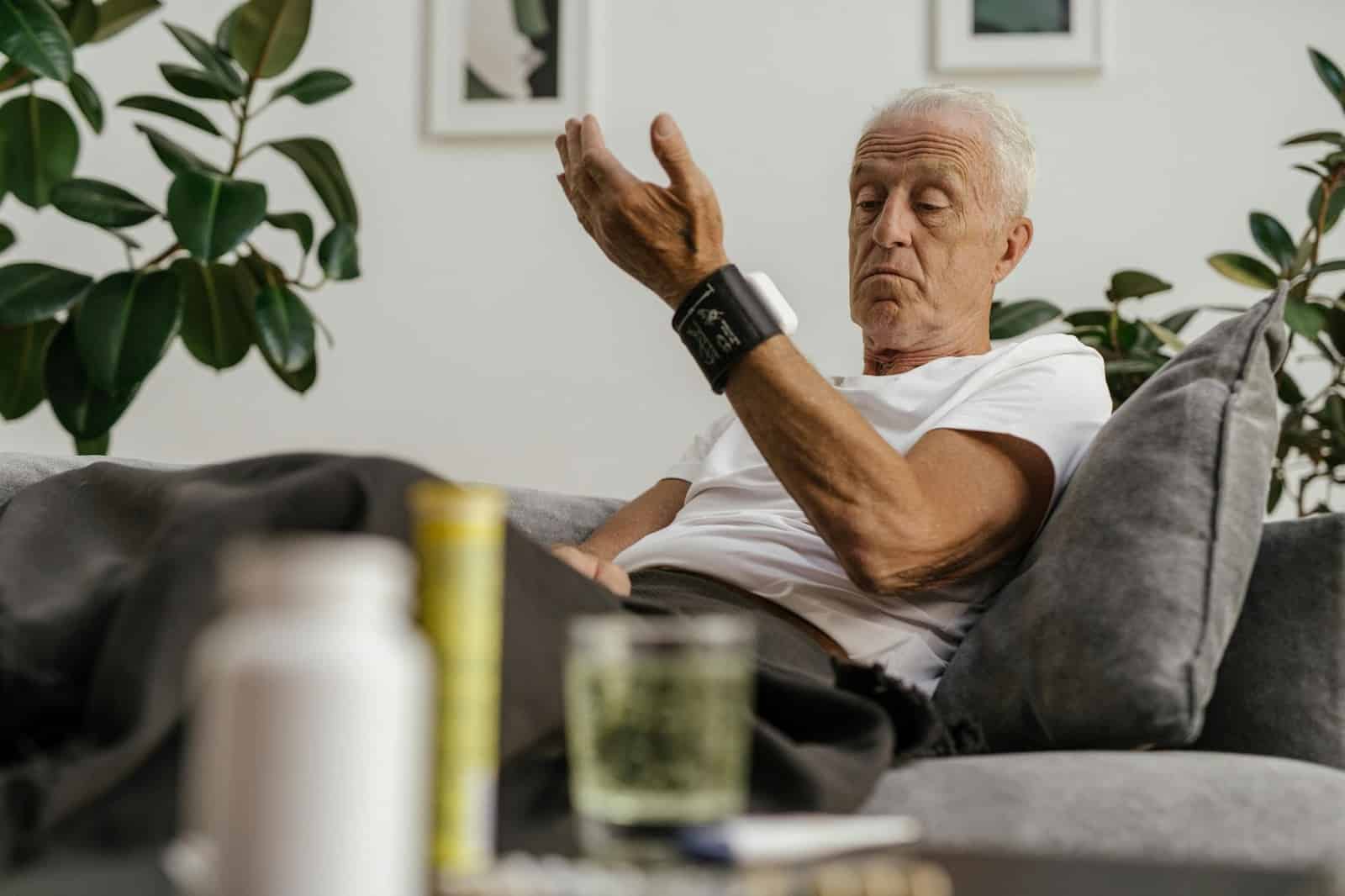
High blood pressure doesn’t always announce itself—no pain, no warning, just a slow, quiet increase—until it becomes dangerous. That’s why people are turning to wearables in healthcare to fight back. These aren’t just trendy wrist gadgets anymore. They’re part of a growing movement in personal health management. And when we talk about managing hypertension, wearable healthcare technology is stepping up in ways traditional methods never could.
With continuous tracking, real-time alerts, and behavioral nudges, these small devices are becoming giant allies. They help people stay on top of their health, catch warning signs early, and adjust daily habits. More importantly, they’re producing real results—measurable, life-improving results.
The Role of Wearables in Monitoring Blood Pressure
So, how exactly do these devices work for people with high blood pressure?
Modern wearable healthcare technology is more than just a step counter. These devices use optical sensors to monitor heart rate variability, ECG functions to track electrical signals, and oxygen saturation to assess cardiovascular stress. Some smartwatches now feature cuffless blood pressure monitoring — though not yet a medical-grade replacement, they offer trends and alerts that prompt real-time decisions.
They also track key lifestyle factors- sleep quality, stress, and activity — all crucial components in hypertension management. Some wearables vibrate gently if you’ve been inactive too long. Others notify you if your resting heart rate spikes during sleep. All of these small inputs help paint a big picture, one that encourages long-term, sustainable changes.
Scientific Evidence Behind Wearables and Hypertension Control
Science is catching up to what many users believe: these devices can help lower blood pressure.
Several recent studies have linked wearable health technology to improvements in hypertension-related outcomes. One randomized controlled trial published in Hypertension Research found that adults using fitness trackers with real-time feedback experienced statistically significant drops in systolic and diastolic blood pressure after 12 weeks.
Why? It’s behavioral psychology in action. Real-time feedback makes habits visible. When you see how your heart rate reacts to stress or how your sleep patterns correlate with blood pressure spikes, you’re more likely to change behavior. And change, in this context, often means better outcomes — fewer doctor visits, fewer pills, and fewer readings.
Real-Life Success Stories
Let’s get personal. Data is great, but stories stick.
Take Carlos, a 63-year-old former smoker with a family history of hypertension. After a minor stroke, his daughter bought him a health smartwatch. At first, he resisted. “What is this thing gonna do?” he’d say. But the watch showed him something no doctor ever had: how his heart responded to walking, stress, and poor sleep. Within four months of walking daily and adjusting his bedtime (based on sleep scores), his blood pressure dropped from 155/98 to 128/84. His cardiologist reduced his meds for the first time in ten years.
Then there’s Dana, a 34-year-old software developer who hated going to gyms. Her health monitoring wearable device helped her see how stagnant her daily routine had become. She began competing with her smartwatch, hitting daily step goals and adding yoga twice weekly. Not only did her blood pressure normalize, but her anxiety — another contributor — decreased dramatically. “It wasn’t just about steps. It made me feel in control.”
Lastly, consider Fatima, a 51-year-old nurse with wildly fluctuating blood pressure due to long shifts and poor hydration. She used a wearable medical technology band to track her water intake and stress levels. Her device buzzed when her resting heart rate went high. Over time, she learned to step away, breathe, and recover before things worsened. She now manages her pressure without medication, something she hadn’t thought possible.

Key Features in Wearables That Support Blood Pressure Management
Here’s what matters — the features that make these stories possible. Each of the following played a key role in helping users transform their health:
- Continuous heart rate tracking
- Exercise reminders and activity goals
- Sleep tracking and stress monitoring
- Mobile app syncing and progress visualization
- Alerts for abnormal readings
- Goal-based coaching
- Integration with healthcare providers
This single combination — daily feedback, real-time nudges, and actionable health trends — turns basic wearable health tech devices into something that changes lives.
Expert Opinions and Industry Perspective
Healthcare experts are taking notice. Dr. Reena Patel, a cardiovascular specialist in Boston, says, “The integration of health monitoring wearables into patient care allows me to adjust treatment plans between visits. We’re no longer guessing based on a snapshot in the office — we have context.”
Even developers are pivoting. Wearable companies are increasingly collaborating with medical researchers to meet FDA standards and build long-term trust. The future of wearable health monitoring sensors isn’t just consumer gadgets — it’s clinical-grade data flowing directly into electronic health records.
Challenges and Limitations
But nothing’s perfect.
Accuracy remains a concern. Some wearables don’t measure blood pressure directly and rely on indirect indicators. Not every device is created equal — and without FDA clearance, not all should be used for diagnosis.
Privacy is another issue. Your health data is stored, often in the cloud, and it’s not always clear how it’s protected. Cost and tech literacy can also be barriers for seniors or low-income individuals. And then there’s human behavior—a wearable is only helpful if you wear it consistently and respond to its data.
Still, these limitations don’t erase the bigger picture. They’re just challenges to be solved — and progress is happening fast.
Conclusion
The rise of wearable healthcare technology is more than a tech trend. It’s a movement grounded in real human stories, behavioral science, and the desire to live longer and better.
We’ve seen what happens when technology meets intention: lives change, blood pressure lowers, and confidence grows. Whether through step tracking, stress monitoring, or simple nudges to breathe deeper, these devices allow us to listen to our bodies in ways we never could before.
While there’s still room to grow in accuracy, affordability, and integration, one thing is clear: wearables in healthcare are here to stay. They’re not just helping people move more—they’re helping people live more.



